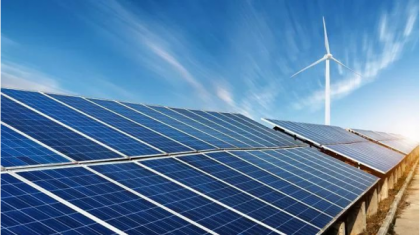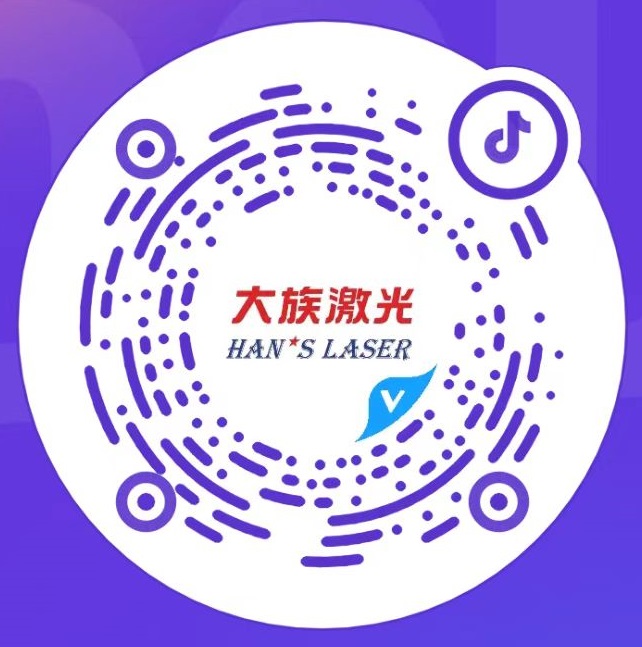Laser processing technology in solar manufacturing application
A few years ago, when it comes to the new energy industries, the lithium and electric vehicles are the first things, but in fact, the solar energy also belongs to the new energy industry. In 2023, with weak industrial economy growth and laser industry involution and competition, the solar battery laser equipment is gradually increasing, it is becoming a great highlight.

1. Laser processing technology
Laser processing is the method of utilizing the high energy of a beam of light to interact with materials and instantly vaporize or alter their properties to achieve the desired manufacturing effect. Laser processing mainly includes marking, cutting, welding, cladding, cleaning and other processes. Currently, the main application share of industrial laser in China is in metal cutting and welding, which is a rough machining method. The precision requirements for the workpiece are not very high, and the equipment is highly versatile, so it is easy to form a batch scale.
Another aspect of laser applications is precision machining. As most of them are customized, the equipment also depends on the properties of the materials, sometimes wafers, sometimes glass, PCB boards, or thin films or synthetic materials. The products are small and precise, and the laser process development and sample cycle are long, making precision laser machining difficult to achieve mass production. Last year, China's industrial laser equipment scale was approximately 50 billion yuan, of which nearly 80% belonged to laser rough processing, and precision laser processing accounted for only about 20%.
Among these 20% precision laser processing, it also includes industry applications such as mobile phone component processing, display screen or OLED cutting, glass cutting, etc. It is worth noting that laser processing on solar cells is rapidly being promoted in recent years.
2. Solar cell laser processing
Solar cells are energy converters that convert light energy into electricity through photoelectric reactions, and the conversion efficiency of solar cells is an important factor in reducing the cost of photovoltaics. In the production of solar cells, laser processing technology is mainly applied to cell processes such as PERC, SE, and MWT to improve photoelectric conversion efficiency.

1. Laser processing technology
Laser processing is the method of utilizing the high energy of a beam of light to interact with materials and instantly vaporize or alter their properties to achieve the desired manufacturing effect. Laser processing mainly includes marking, cutting, welding, cladding, cleaning and other processes. Currently, the main application share of industrial laser in China is in metal cutting and welding, which is a rough machining method. The precision requirements for the workpiece are not very high, and the equipment is highly versatile, so it is easy to form a batch scale.
Another aspect of laser applications is precision machining. As most of them are customized, the equipment also depends on the properties of the materials, sometimes wafers, sometimes glass, PCB boards, or thin films or synthetic materials. The products are small and precise, and the laser process development and sample cycle are long, making precision laser machining difficult to achieve mass production. Last year, China's industrial laser equipment scale was approximately 50 billion yuan, of which nearly 80% belonged to laser rough processing, and precision laser processing accounted for only about 20%.
Among these 20% precision laser processing, it also includes industry applications such as mobile phone component processing, display screen or OLED cutting, glass cutting, etc. It is worth noting that laser processing on solar cells is rapidly being promoted in recent years.
2. Solar cell laser processing
Solar cells are energy converters that convert light energy into electricity through photoelectric reactions, and the conversion efficiency of solar cells is an important factor in reducing the cost of photovoltaics. In the production of solar cells, laser processing technology is mainly applied to cell processes such as PERC, SE, and MWT to improve photoelectric conversion efficiency.








